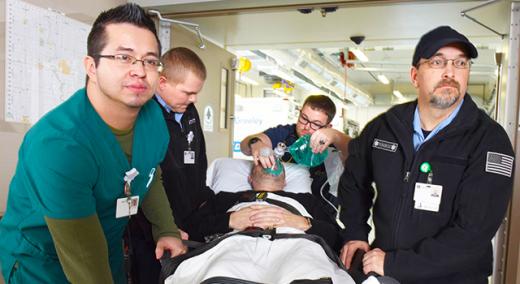‘We didn’t get here on our own,” said Brian Dieter, president and CEO of Baldrige Award-recipient Mary Greeley Medical Center (MGMC), speaking at the 32nd Baldrige Quest for Excellence Conference. “We think we are very much better as a result of having learned from [other Baldrige Award recipients and state and local quality award winners]. At some point, we hope there is someone in the audience today who will say we learned something of significant value from Mary Greeley Medical Center, and we can stand on their shoulders in the future.”
|
ADVERTISEMENT |
MGMC, a 220-bed acute care, municipal hospital, located in Ames, Iowa, certainly has posted outcomes and processes to learn from.
To be the best
MGMC, which serves a 14-county area, has a simple vision: To be the best.
…

Add new comment